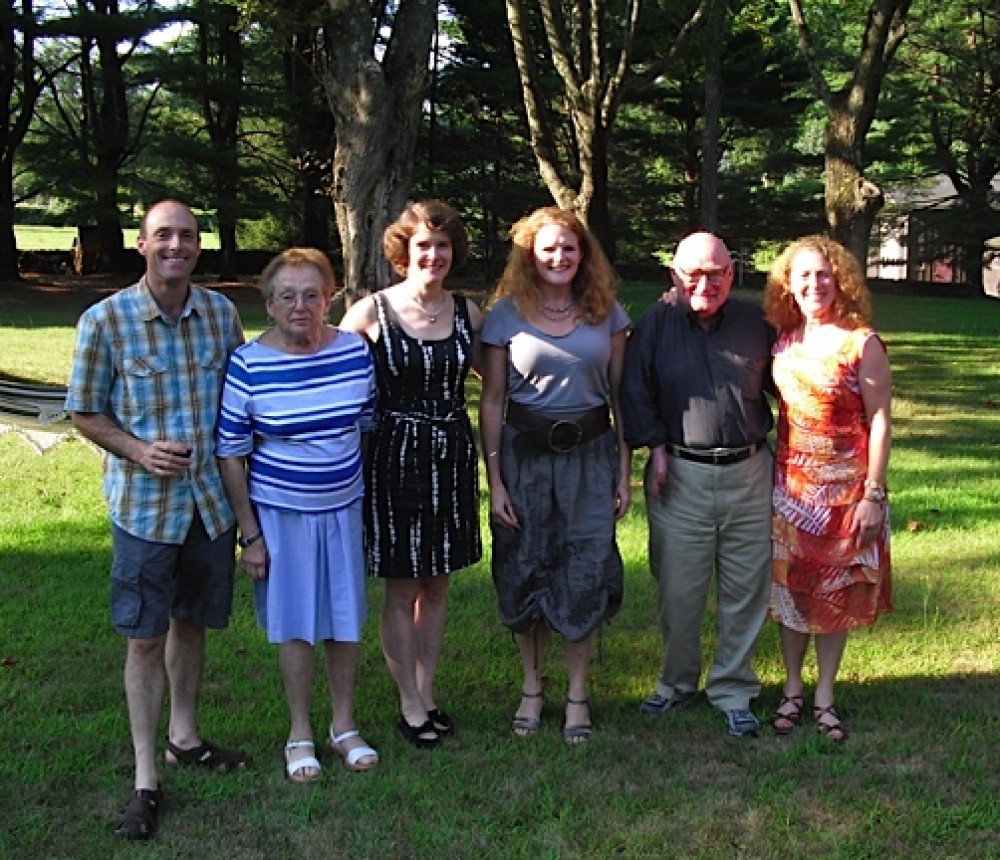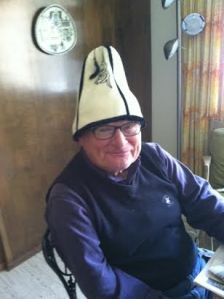In 2002, we branched out from poultry husbandry. We were invited by Winrock International, another arm of Aid to International Development, (AID), to consult with members of the “Sheep Breeding / Marketing Cooperatives in Kyrgyzstan, a country in Central Asia.
Aid to International Development, originally “The Four Point Program”, also known as the “Food for Peace Program”, was intended for the U.S. to share it’s “know-how” and help nations develop with technical assistance, especially in agriculture. It was the “fourth” foreign policy objective presented by President Harry S. Truman, in his inaugural address, January 20,1949.
Between June 12 and June 29, 2002, we met with 64 sheep farmers, including five women at four seminars in Osh, formerly part of the old Silk Route, and the Kadamzhay, Alay, and AlaBucka regions. The sheep breeding cooperatives were growing. My husband, Marty, and his family, were among the farmers who established the Central Connecticut Feed Cooperative in Manchester, Connecticut. During the years that we were participants the Coop produced excellent feed and provided other services to the farmers, enabling the members to maximize their profits.
On one occasion, we were invited to a seminar, with lunch following, held in a “Yurt”, not far from Osh. Yurts, prevalent throughout Central Asia, are large round tents covered in animal skins. This yurt was furnished lavishly with beautiful carpets and cushions. I didn’t see other yurts, tents or buildings on the premises. This yurt could not have been a home to all of the families present, but probably housed the family that managed the site. There were cars and pickup trucks. The children were in jeans, tee shirts, sandals or sneakers. The men wore casual western clothes and some men had, cone- shaped, beautifully embroidered woolen hats, peculiar to Kyrgyzstan. The women, according to tradition, were attired in long skirts, and usually had their heads covered. Horses and sheep wandered freely; the mares were fitted with wooden aprons to prevent them from mating while they were lactating. We didn’t try mare’s milk, but were told that fermented mare’s milk was popular amongst the people of Kyrgyzstan, and was available in the market.
We noticed a tree with a dressed lamb hanging on one of the branches, and were informed that this would be our lunch.
During the seminar we were served hot tea, soft drinks and flat bread. There was a dish with something that looked like crushed pineapple, from where I was sitting. I was told that it was butter made from mare’s milk. I remembered that was how my grandmother’s butter looked right from the churn, before being pressed into blocks.
After the seminar, Marty and I walked around. The lamb was being cooked in a large kettle of boiling water over an open fire. Some of the women were having their lunch in a shed, under a tarp, and asked me to join them. I excused myself, saying that I would have my lunch with the rest of our party so I could take notes for our report. The children were drinking the mare’s milk, which looked like cow’s milk, from bowls.
The word was out that lunch was ready. Marty and I used the “facilities”, and washed our hands in the creek. Before entering the yurt, one of the hosts handed us a towel to dry our hands; the same towel used by each of the participants.
The people in the area sat with crossed legs on the floor, but we were provided with a table and chairs. Each person was given a plate with a beautifully carved chop, a piece of liver, and a slice of meat from a larger cut, which we would use for roasts or stews. The meat was tender and tasty, but like any plain boiled meat, could have used a little horseradish for some zip. The fresh tomatoes and cucumbers that accompanied the lamb were delicious, and we didn’t peel the vegetables or ask how they were washed. After lunch we were joined by several women and enjoyed a lively party.
We offered the guidelines of the Central Connecticut Cooperative to the members of the sheep growing/marketing cooperatives in hope that these suggestions would help the cooperatives expand aid to their farmers.


